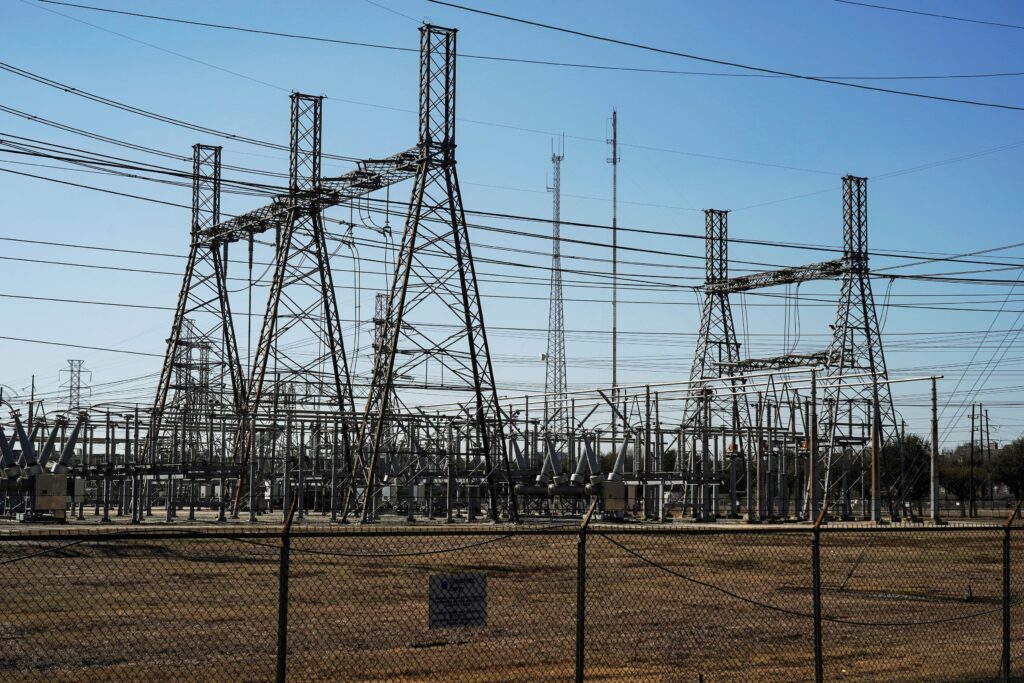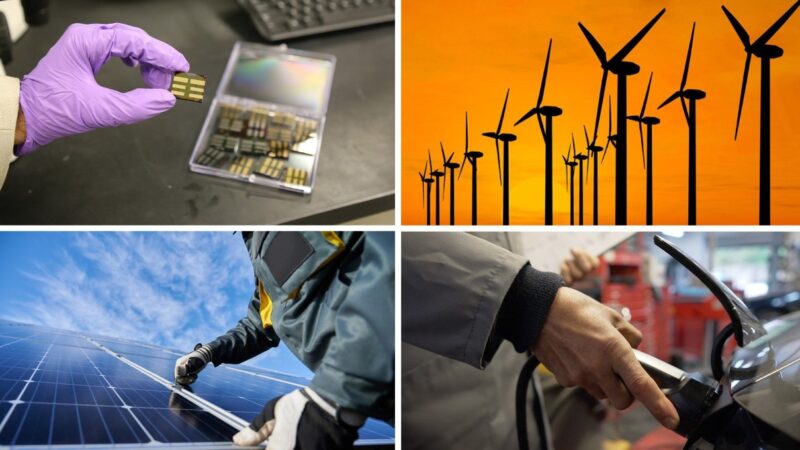Power Electrical Systems: Navigating Complexities

Introduction
The realm of electrical engineering is vast and complex, and among its many facets is the concept of higher-power electrical systems. These systems, designed to manage and distribute electrical power at significantly higher levels than typical household or office environments, are fundamental to numerous industries and applications.
This article delves into the essential components, applications, technological advancements, safety standards, and future trends of higher-power electrical systems, providing a comprehensive overview of this critical field.
The Basics of Higher Power Electrical Systems
Higher-power electrical systems are characterized by their ability to handle large amounts of electrical power, often operating at high voltages. Key components in these systems include heavy-duty transformers, high-voltage cables, circuit breakers, and power electronics.
They are designed with special thermal management, insulation, and safety considerations, as the high power levels can lead to significant heat generation and pose safety risks. Innovations in semiconductor technology are crucial in enhancing the efficiency and safety of these systems.
Applications of Higher Power Electrical Systems
Higher power electrical systems are pivotal across various sectors, playing a crucial role in modern infrastructure and technology. In the industrial sphere, they drive heavy machinery and facilitate complex manufacturing processes, underpinning the backbone of production industries. The energy sector relies heavily on these systems for efficient power generation and distribution.
They are instrumental in managing the complexities of the electric grid, especially as the world transitions to more sustainable energy sources. In transportation, their importance is growing exponentially. Electric vehicles and public transit systems depend on these robust systems for reliable power management. This ensures not only the efficiency of transport but also its alignment with environmental sustainability goals. Their adaptability and reliability make higher-power electrical systems indispensable in our technologically driven world.
Technological Advancements (Enhanced)
Recent years have been a hotbed of innovation for higher-power electrical systems, bringing about groundbreaking changes in the field. Advances in materials science have led to the development of more robust and efficient components, significantly enhancing system reliability and performance. The integration of smart grid technology marks a transformative step, enabling more intelligent management and distribution of electrical power.
This integration facilitates real-time monitoring and adaptive response to changing power demands, ensuring greater efficiency and stability. Furthermore, in alignment with the global shift towards sustainability, these systems are increasingly designed to incorporate renewable energy sources like solar and wind seamlessly. This evolution not only supports a greener future but also heralds a new era in energy management, where higher power systems become more adaptive, efficient, and environmentally conscious.
Safety and Regulatory Standards (Enhanced)
Safety is the foremost priority in the operation of higher-power electrical systems. Rigorous adherence to stringent safety protocols and regulatory standards is not just a requirement but a necessity to prevent accidents and guarantee dependable operation. These comprehensive standards, varying across different regions and countries, meticulously govern the design, installation, and maintenance of high-power electrical equipment.
They encompass everything from electrical codes to environmental regulations. Regular training and continual skill enhancement are imperative for professionals in this field, ensuring they remain adept and informed about the latest safety practices, technological advancements, and regulatory changes. This proactive approach to safety cultivates a culture of awareness and responsibility, which is vital in managing the complexities of high-power electrical systems.
Future Trends and Developments (Expanded)
Looking ahead, the field of higher-power electrical systems is poised for significant transformation, driven by rapid technological advancements. Emerging innovations like wireless power transmission herald a future where electrical power can be transferred without the need for physical connectors, potentially revolutionizing power distribution infrastructures.
The exploration of superconducting materials promises to drastically reduce power losses, which is a game-changer for efficiency. Additionally, advancements in energy storage technologies, such as more efficient and larger-capacity batteries, are crucial for balancing the intermittent nature of renewable energy sources. These developments not only aim for greater efficiency and sustainability but also open new avenues in how we generate, distribute, and utilize electrical power, marking a significant leap forward in the evolution of energy systems.
Conclusion
Higher power electrical systems are a cornerstone of modern infrastructure, driving innovation and efficiency across various sectors. As technology advances, these systems will evolve to meet the growing demands of our society, emphasizing safety and environmental sustainability. Staying abreast of these changes and understanding their implications is crucial for professionals and enthusiasts alike in the field of electrical engineering.






